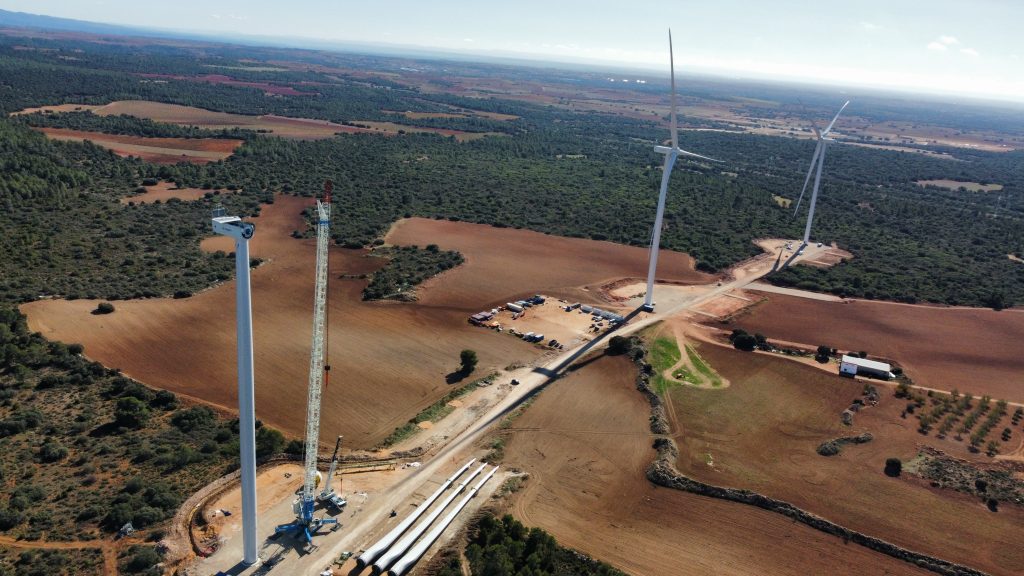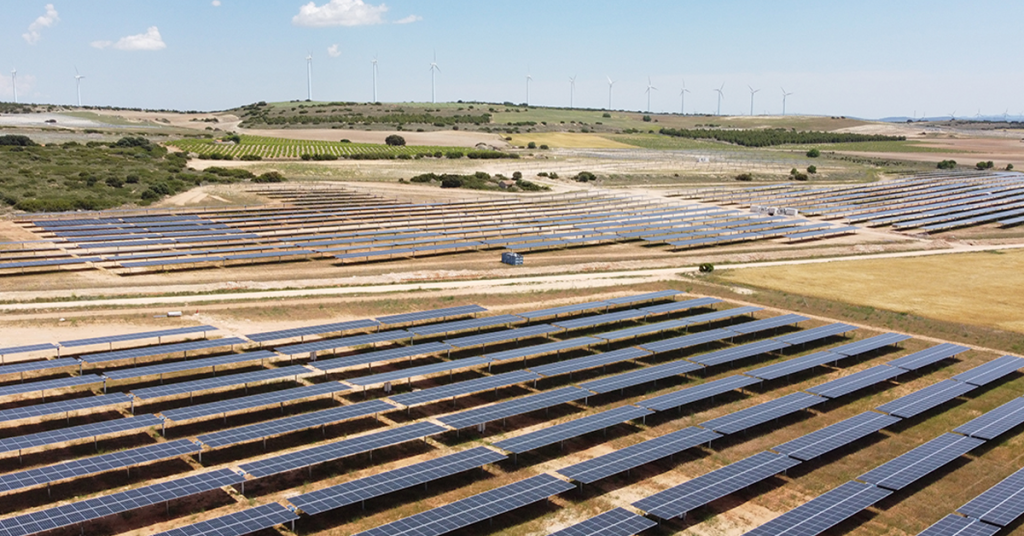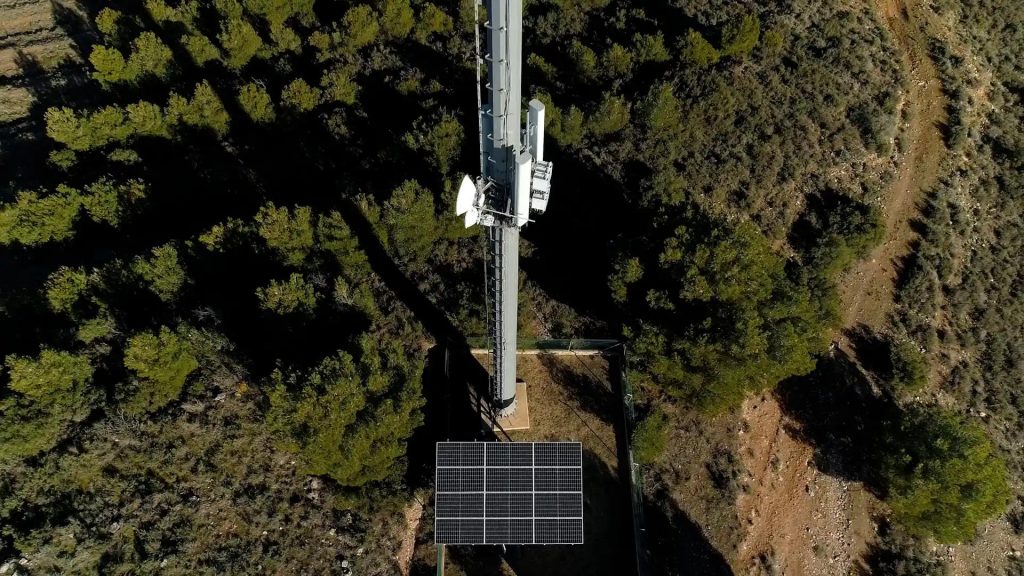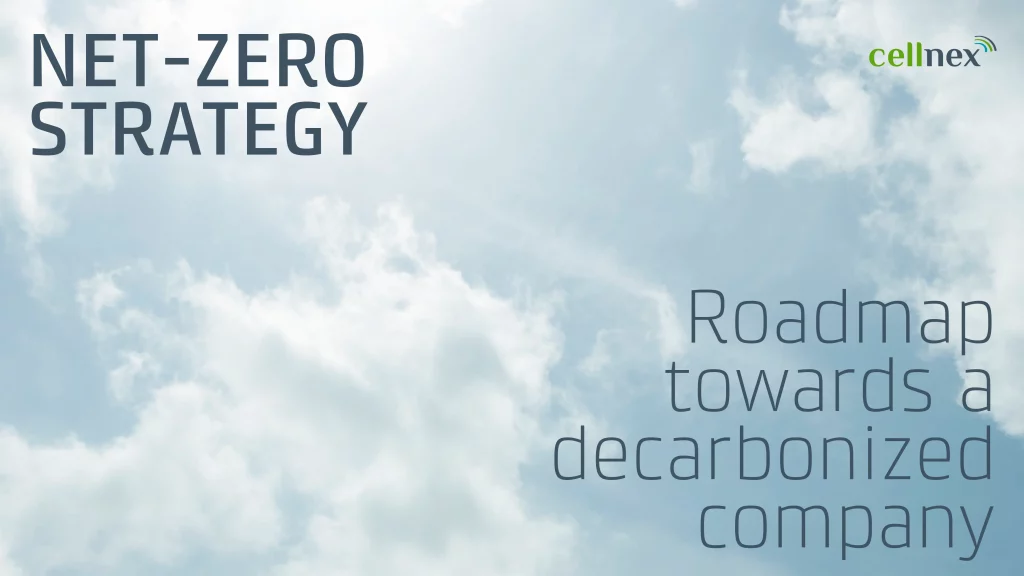Trends
Trends
NOV
28
2024
Sustainability
The environment needs deeds, not words
As part of its unequivocal commitment to sustainability and rationalising energy efficiency, Cellnex has just announced that it has signed a power purchase agreement (PPA) that will guarantee that the electricity it will consume as part of its activities in the next ten years will be of certified renewable origin.
PPAs are contracts with terms ranging from 7 to 15 years, typically 10, between companies and renewable energy suppliers to guarantee an amount of electricity generated by solar or wind farms at prices that are not subject to market volatility. As well as helping to decarbonise corporate activity and provide predictability to energy costs, these contracts are proving to be fundamental to developing a clean energy infrastructure and making progress towards the desired reduction in external dependence.
Their increasing importance is proven a steady growth in the number of PPAs signed. The latest Corporate Energy Market Outlook report from BloombergNEF estimates the volume of solar and wind energy contracts announced by corporations around the world in 2023 at 46 gigawatts. This record figure represents a growth of 12 percent over 2022.
At a time when greenwashing by certain multinationals has become growing cause for global concern, such instruments make it possible to certify that companies really are walking the talk. In addition to contributing to companies’ decarbonisation, PPAs also help boost renewable generation in the countries where the companies operate and contribute to European energy transition objectives.
“This long-term contract guarantees that the renewable energy we consume will come from four specific wind and photovoltaic parks, and also provides us this security for all the European countries where we consume energy directly” explains Mila Rey, Global Head of Energy at Cellnex. “In addition to meeting one of our strategic commitments in terms of consumption, it contributes to the aspiration of substantially increasing renewable generation capacity in Spain while simultaneously helping to meet global decarbonisation targets.”
The contract signed with global renewable energy developer Elawan has made it possible to build three photovoltaic solar farms in Albacete and a wind farm in Cuenca, with a total capacity of 200 megawatts. Under the agreement, Cellnex will receive more than 400,000 megawatts/hour of renewable energy and will certify that the electricity consumed comes from renewable sources, thus supporting the energy transition.
Cellnex’s goal is clear: to reduce the environmental impact of its operations, ensuring that 100% of the electricity it consumes comes from renewable sources by 2025. This ambitious commitment is one of Cellnex’s three emissions reduction target validated by the Science Based Targets initiative (SBTi), and constitutes one of the essential levers for reducing Cellnex’s carbon footprint. It is also part of the company’s Energy Transition Plan, within the ESG Master Plan 2021-2025.
“One of the cornerstones of our Energy Transition Plan is to ensure that our energy consumption is 100 percent renewable, something that we have almost achieved already. However, we also want to leverage how this commitment can influence our suppliers and customers,” explains Rey.
In addition to including the commitment to 100% green energy by 2025, Cellnex’s Energy Transition Plan includes 3 other pillars:
Energy 4.0: The aim of this pillar is to monitor, control and optimise Cellnex’s energy consumption through information received from smart meters, using an analysis platform that allows end-to-end monitoring of the entire energy chain.
“The bulk of our consumption goes on the equipment of our customers, who are also seeking optimal efficiency, since that will lead to lower energy consumption and costs,” explains Rey. In this regard, she adds that Cellnex has a modern platform that allows it to control and monitor energy consumption and “provide our customers transparency and traceability around energy costs and their origin, which is a top priority.”
Energy Efficiency: The aim of this pillar is to improve energy efficiency by making passive equipment (air conditioners, rectifiers, transformers, etc.) more efficient and also by encouraging our customers to make their active equipment increasingly efficient. We are also working to roll out ISO 50001 for Energy Management Systems.
Self-generation: We are working to increase self-consumption in the group, focusing mainly on Italy and Spain, where almost 10% of the portfolio already includes photovoltaic installations.
Cellnex’s Energy Policy sets principles that prove its willingness to go beyond merely purchasing clean energy. This policy, which follows the guidelines of the Science Based Targets initiative (SBTi), states that the company must move towards carbon neutrality by 2035 and achieve the Net Zero goal by 2050.




















